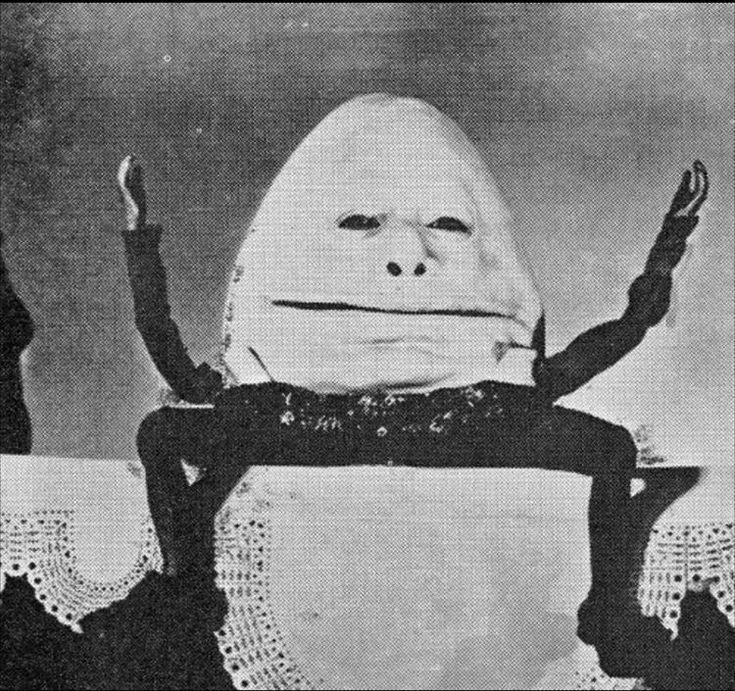Childhood is often seen as a time of innocence and joy, filled with laughter, play, and carefree moments. However, in the age of the internet, a peculiar phenomenon has emerged: the realm of cursed images. These unsettling and bizarre pictures have the power to evoke a sense of discomfort and unease, potentially shattering the nostalgic glow of childhood memories. In this article, we will delve into the mysterious world of cursed images, exploring their origins, impact, and chilling ability to tarnish the once-sacred realms of our youth.

I. The Genesis of Cursed Images:
1.1 Internet Culture and Memes:
The internet has become a breeding ground for various subcultures, and the realm of cursed images is no exception. Emerging from the depths of online forums, social media platforms, and meme communities, cursed images are a product of digital culture. The term “cursed images” gained traction in the mid-2010s, signifying a specific category of images that elicit discomfort and an eerie feeling.
1.2 Aesthetic Elements:
Cursed images often share common visual traits that contribute to their unsettling nature. These may include distorted perspectives, unnatural lighting, and incongruent combinations of elements. The images challenge our perception of reality, creating an uncanny and disturbing experience for the viewer.
II. The Impact on Childhood Nostalgia:
2.1 The Invasion of Innocence:
Childhood memories are often cherished for their simplicity and purity. Cursed images, however, act as an invasive force, disrupting the idyllic landscapes of our recollections. By juxtaposing unsettling elements within familiar childhood contexts, these images have the power to tarnish the innocence associated with growing up.
2.2 Distorted Icons:
Cursed images frequently target beloved childhood icons and characters, distorting them into grotesque or disturbing versions. Whether it’s a warped depiction of a beloved cartoon character or a macabre twist on a childhood toy, these images force us to confront a nightmarish reinterpretation of the familiar.
III. The Psychology Behind the Unsettling:
3.1 Cognitive Dissonance:
Cursed images create cognitive dissonance by presenting a stark contrast between what is expected and what is depicted. This dissonance triggers a discomforting response as our brains struggle to reconcile the incongruities within the image, leading to a sense of unease.
3.2 The Uncanny Valley:
The concept of the uncanny valley, originally applied to robotics and human-like artificial entities, is also relevant to cursed images. As images become more realistic yet subtly deviate from normalcy, they elicit a strong negative emotional response. Cursed images exploit this phenomenon, amplifying the sense of eeriness and discomfort.
IV. Exploring Notorious Cursed Image Trends:
4.1 Momo Challenge:
The Momo Challenge gained infamy for its alleged association with self-harm and suicide prompts. The eerie image of the grotesque Momo sculpture, with its bulging eyes and sinister grin, became a symbol of internet-induced fear. Although debunked as a hoax, the Momo Challenge left a lasting impact on internet culture and the perception of cursed images.
4.2 Slender Man:
Originating as a creepypasta internet meme, Slender Man is a tall, faceless figure in a suit, often depicted lurking in the background of ordinary images. The myth surrounding Slender Man escalated to real-life violence when two young girls attempted to murder a classmate, claiming they were influenced by the fictional character. This chilling incident underscores the potential real-world consequences of internet-born horror.
V. Coping with Cursed Images:
5.1 Digital Age Awareness:
As cursed images continue to proliferate online, it is crucial to raise awareness about their existence and potential impact. Educating individuals, especially parents and guardians, on the nature of these images can help mitigate their negative effects on unsuspecting viewers, particularly children.
5.2 Internet Literacy:
Promoting internet literacy is essential in navigating the vast and sometimes treacherous landscape of online content. Teaching individuals, especially the younger generation, to critically evaluate the images they encounter can empower them to discern between harmless content and potentially disturbing material.
VI. Conclusion:
Cursed images represent a peculiar and unsettling aspect of internet culture that has the potential to tarnish the purity of childhood memories. As we navigate the digital landscape, it is essential to be vigilant and aware of the impact these images can have on our psychological well-being. By understanding the genesis, impact, and psychology behind cursed images, we can approach the online world with a sense of caution and preserve the sanctity of our cherished childhood memories.
